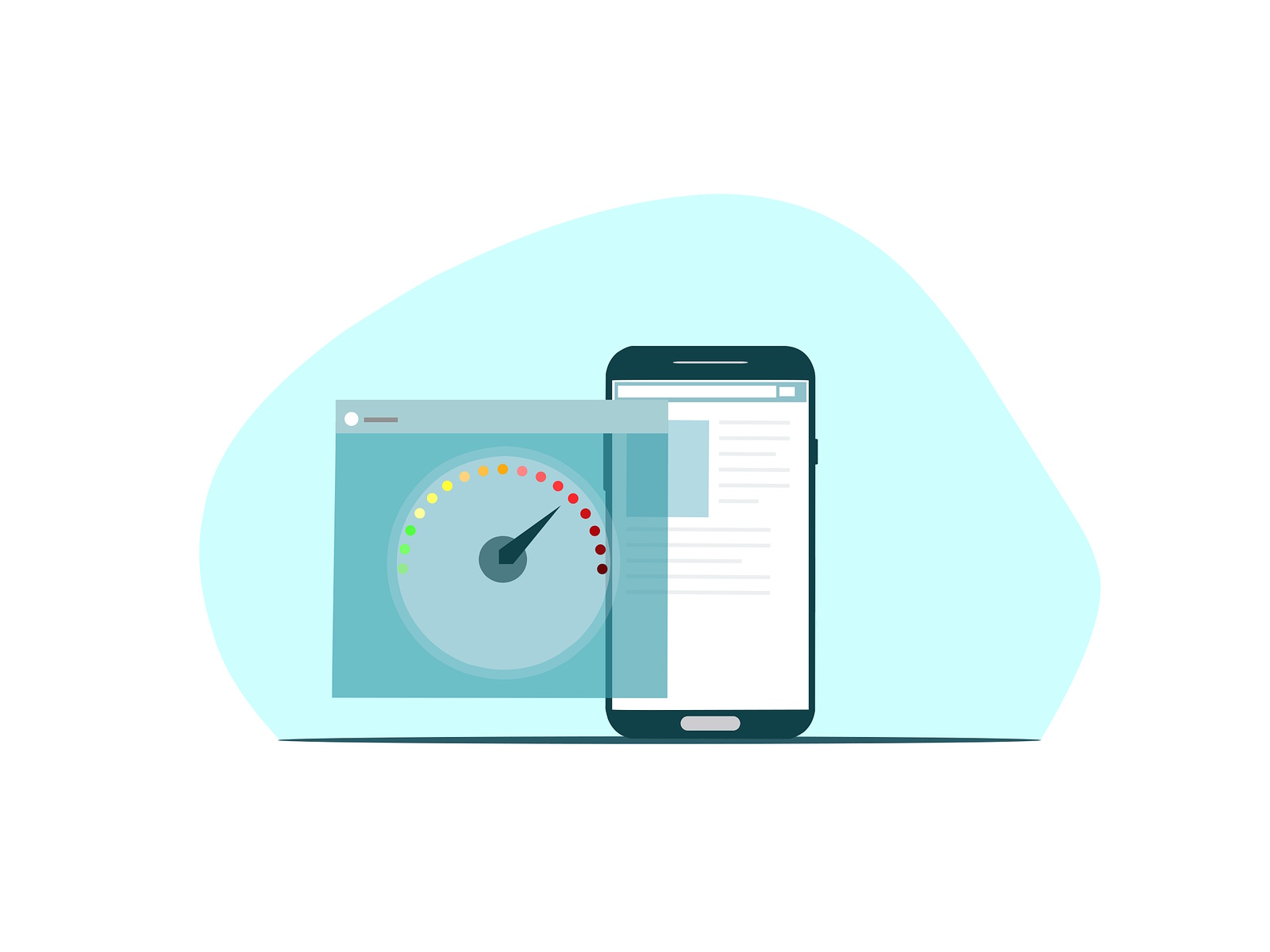Shopify Speed Optimization: Turbocharging Your Online Store

Consumer's attention span is fleeting, every second your website takes to load is the difference between a sale and a lost opportunity.
If you're using Shopify, one of the world's leading eCommerce platforms, you're in a good starting position. But how can you ensure you're fully leveraging the power of this platform? The answer: Shopify speed optimization.
Why Speed Holds the Key to eCommerce Success:
- Enhanced Customer Experience: In our digital age, users expect immediacy. A delay of even a few seconds can make a potential customer move on, equating to lost sales.
- Improved Conversion Rates: Studies indicate that for every 1-second delay in site load time, conversions can drop by up to 7%. For an eCommerce store with monthly revenues of $10,000, that's a potential loss of $700 every month, or $8,400 annually!
- Better SEO Rankings: Google prioritizes user experience. Faster sites are rewarded with higher rankings, leading to more organic traffic and potential sales.
- Reduced Cart Abandonment: Over 25% of online shoppers cite slow loading times as a reason for abandoning their carts. Improving speed directly combats this.
Understanding the Factors Influencing Shopify Site Speed
Before we get into the nitty-gritty of optimization, it's crucial to understand what factors might be holding your store back:
- Server Response Time: Though Shopify itself offers robust hosting solutions, third-party apps and integrations can sometimes slow down server response times.
- Web Hosting: If parts of your store or related content (like a blog) are hosted externally, their performance can indirectly impact your Shopify site speed.
- High Traffic: A surge in visitors, especially during sales or promotional events, can strain server resources and impact loading times.
- Heavy Code: Overloaded or outdated themes, bloated CSS, or unnecessary JavaScript can all drag your speed down.
- External Scripts: Every third-party script, be it a chatbot, tracker, or analytics tool, requires resources. Too many can hamper speed.
- Web Elements: High-resolution images, videos, animations, and other interactive features look great but can be heavy, affecting load times.
Strategies for Boosting Shopify Store Speed
Now you're well-positioned to strategize and enhance your Shopify store's speed. Let's dive into solutions:
- Optimize Images: Use tools like TinyPNG or Shopify's built-in image editor to reduce image file sizes without sacrificing quality.
- Minimize External Scripts: Evaluate the necessity of third-party tools. Can any be removed or replaced with lighter alternatives?
- Theme Clean-Up: Consider streamlining your theme by removing unused features or opting for a minimalistic theme that offers only the features you need.
- Use Accelerated Mobile Pages (AMP): AMPs can make mobile pages load faster by simplifying the HTML and leveraging server-side caching.
- Limit Web Elements: While animations and interactivity can enhance UX, they can also slow down your site. Use them judiciously.
- Monitor Traffic: Be prepared for traffic surges. Consider using a Content Delivery Network (CDN) to ensure optimal performance during high-traffic periods.

In Closing
In the digital realm of eCommerce, speed is a currency. An optimized, fast-loading Shopify store enhances user experience, boosts SEO, and drives conversions. By understanding the factors affecting your speed and implementing the strategies suggested, you're not just setting the stage for improved performance, but for business success. Turbocharge your Shopify store and reap the benefits that come with it.
